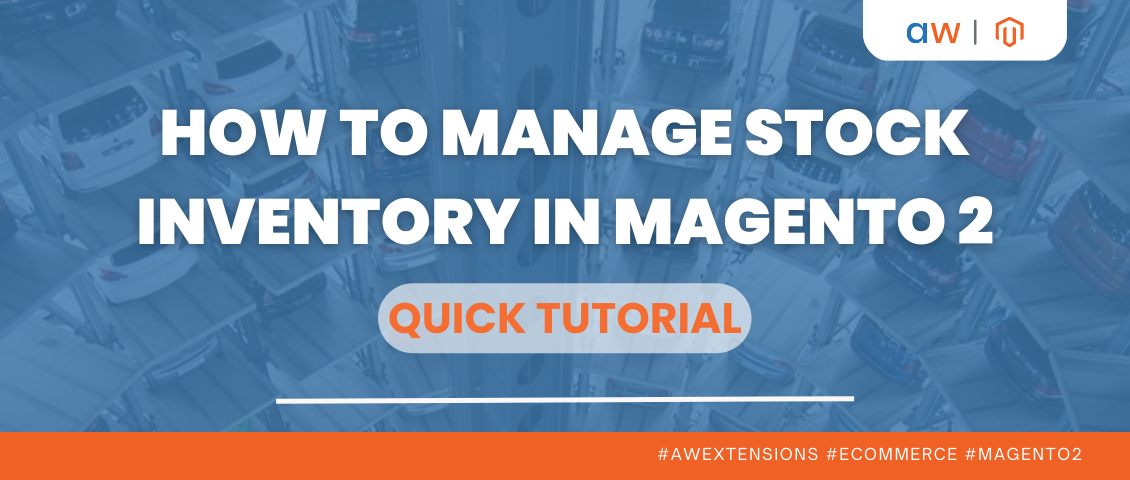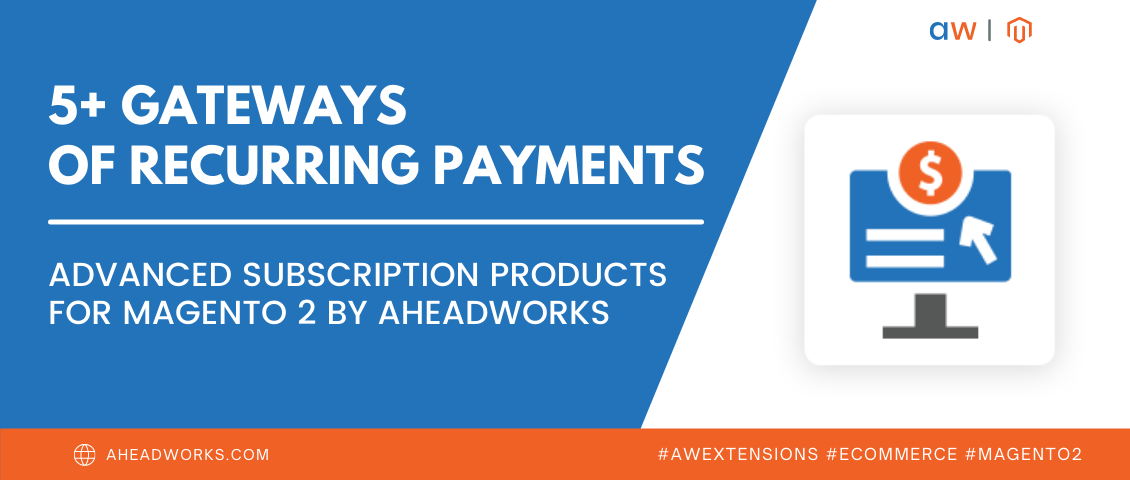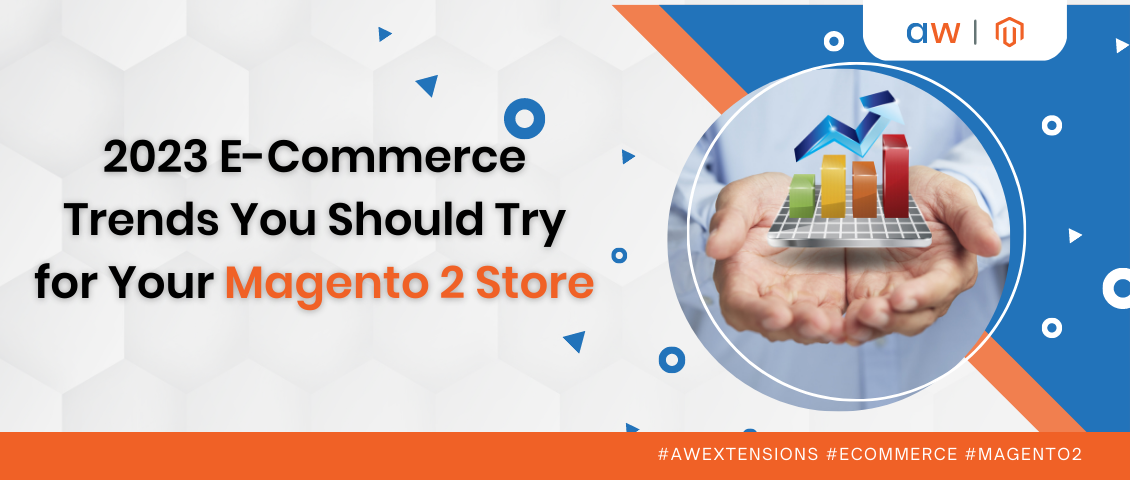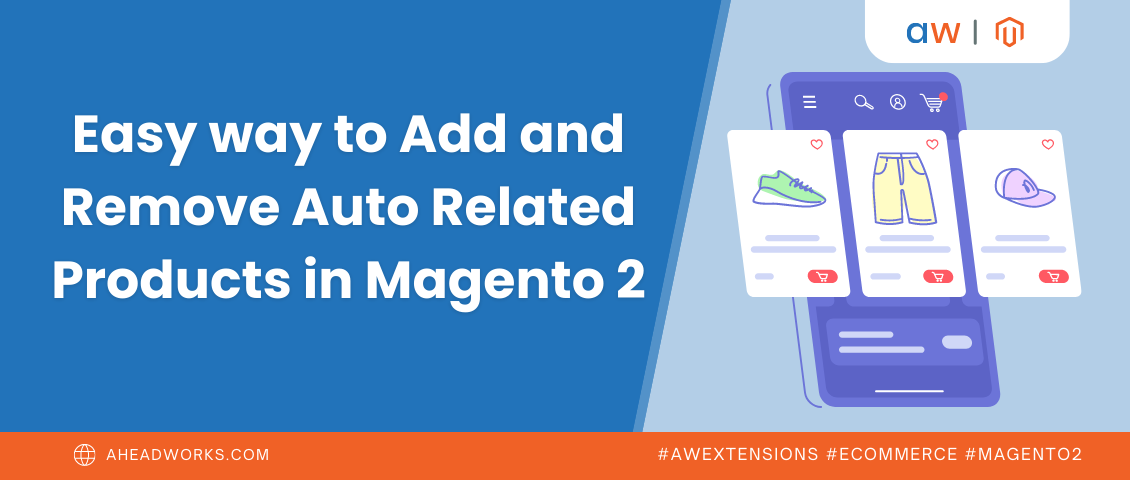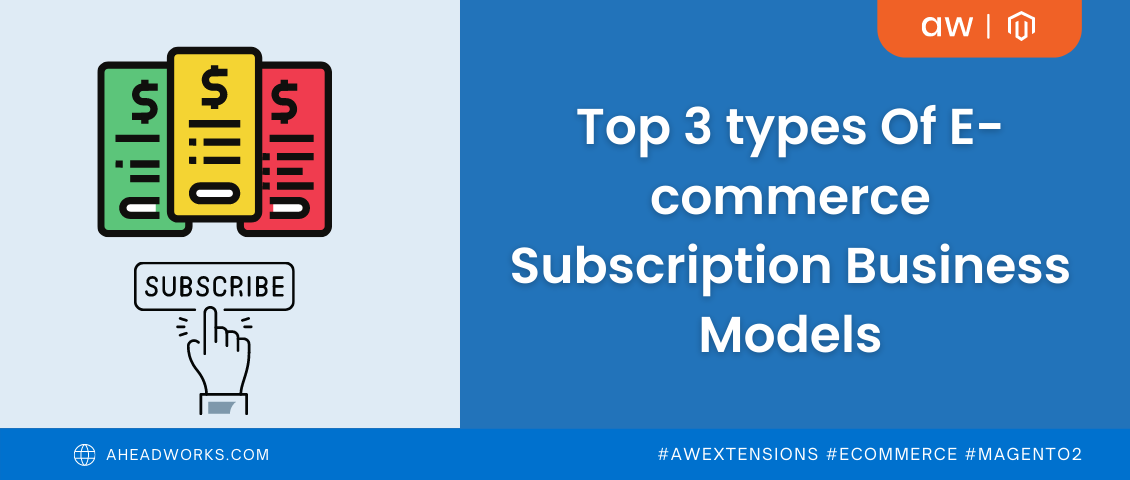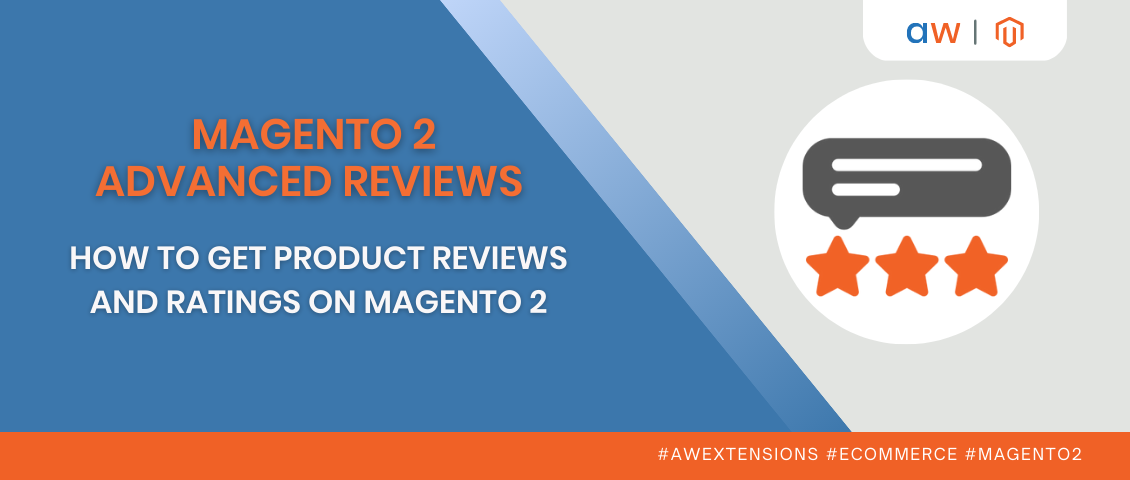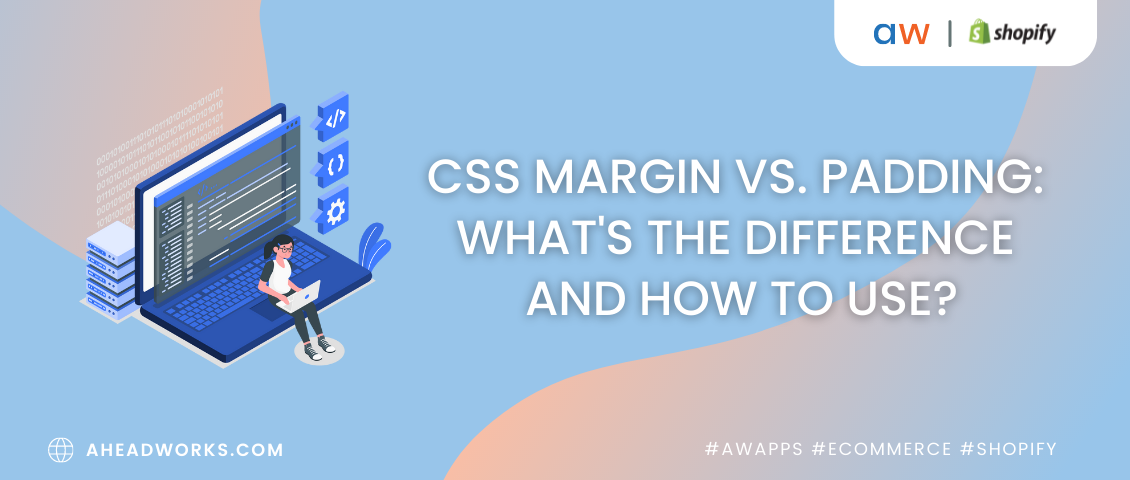
Diving Into the New Magento 2 Features for Marketers & Merchandisers
Categorized as : Ecommerce
As you’ve probably heard, Magento 2 has a lot of amazing new features - from a completely redesigned admin panel, to technical updates and everything in between.
Magento 1 was primarily built by developers and most knowingly worked on by developers, making it harder for less technical users to navigate. Merchants with little technical knowledge and no coding background usually found Magento difficult to use.

Some would end up spending hours and hours learning how to change one simple feature, or some would have to hire a development agency to help them out. As a marketing professional, these technical obstacles can make it hard to work on Magento sites, but with the new marketing and merchandising features, it will make your life a bit easier!
Before we dive in, let’s take a look at the new Marketing Menu. Magento 2 has almost everything you’d need as a marketer right there in one view for you. In this portion, you’ll see options broken up into 4 different categories: Promotions, Communications, SEO & Search, and User Content.
With the Magento 2 marketing feature, you can dynamically display content, promotions, and pricing targeted to certain customers based on their gender, location, order history and much more. Showing your customers what they want to see - like items they’d be interested in or free shipping to their state - will result in more sales.
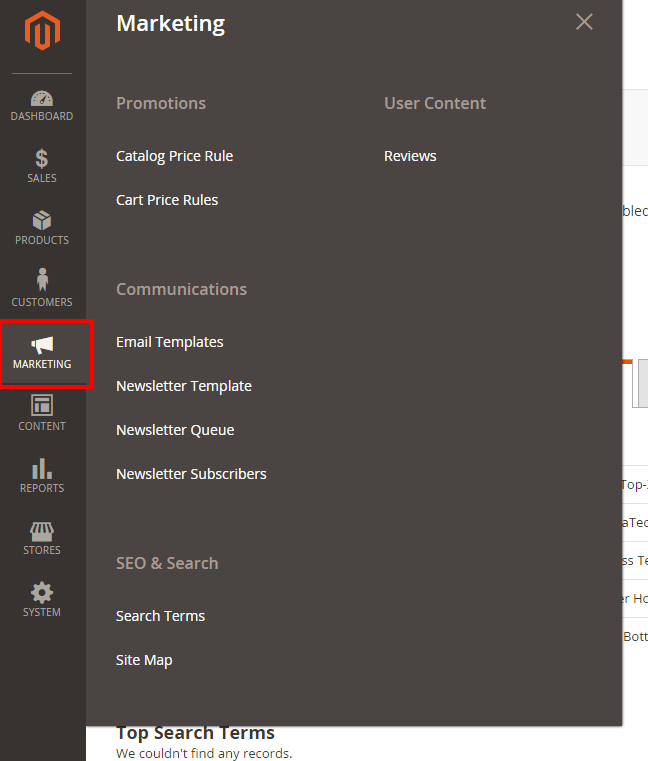
The Enterprise Edition also includes customer segmentation. Customer segmentation and personalization is a very vital part of marketing. Segmenting your customers will help you better market to them. And by providing a personalized shopping experience, it will help boost conversion rates.
Magento 2 also makes it easy to set up promotions that come into play when certain conditions are met. For instance, say you want to offer a 25% discount code to a visitor on your site that added $100 worth of products to their cart but didn’t check out, you can do that. You can also target unknown site visitors based on the products they have viewed or items in their cart.
Visual merchandising is another new feature in Magento 2! It is such an important aspect in retail stores but is also equally as important for ecommerce sites. Well-done visual merchandising is intended to engage and inspire customers, and encourage them to buy more products - all of which would increase sales!
With Magento 2, it is now easier to boost conversion rates and cut the time it takes to optimize product category pages. The upgraded platform now comes with a suite of tools that lets you easily and visually manage product merchandising. There is also a drag-and-drop interface that lets you manually position products, or you can use the automated sorting rules to organize your category pages. The automated sorting rules allow you to showcase items like the best selling products, newest products or even the highest-margin products. Quickly create landing pages in half the time!
Communication with your customers also ties in with promotions. In this day and age, sending out a blanketed, generic email to all of your customers isn’t as beneficial as it may have been in the past. With Magento 2, you can now customize emails and newsletters sent from your store. You’re able to create templates to send out for everything from welcome emails to drip campaigns. The templates are similar to other email marketing systems in the way that you can customize each email to include the customer’s name or their sale rep’s name.
In the Enterprise Edition, you have the availability to setup automated email marketing campaigns. These triggered email reminders can be based off of different conditions, such as x amount of time since the customer abandoned their cart. You’re also able to send email reminders with discount or coupon codes to encourage customers to return to your website and make a purchase. Implementing automated email reminders is a good strategy to improve your sales in the long run.
With the SEO & Search features in Magento 2, marketers are able to add search terms and synonyms to ensure that someone using a search engine will land on your site and/or product page. The latest SEO capabilities are built in to Magento, ensuring that rich snippets and reviews are accessible easily by Google.
In Magento Enterprise Edition, you will have access to Elasticsearch as well. It is one of the best catalogue search tools for ecommerce. It’s able to handle and filter through large catalogues and has support for 33 languages (out of the box). Elasticsearch also offers suggestions to customers who may misspell what they are looking for and lets you attribute weighting to certain words.
You’re also able to adjust synonym management Magento Admin Panel to ensure that customers who are searching products on your site will get what they are looking for! For example, if customers often search for content pages, like shipping charges or return policies, you can easily redirect their search to the appropriate page.
You can now keep track of user-generated reviews in the new User Content section. This section lets you look over your on-site customer reviews and gives a detailed description of them. You can search the review database to see more information and filter by certain attributes like type of product, SKU, or even the title of the review. Hopefully all of your reviews are great ones, but if not, you can approve or hide a review if you’d like as well.
User-generated reviews are very beneficial to any ecommerce site because it gives your customers a sense of community and a feeling of trust. According to a report from BrightLocal, 88% of consumers trust online reviews as much as personal recommendations. These are pretty high numbers. Not only do genuine and honest online reviews help consumers decide on products to purchase, but also helps with SEO.
Magento is already the leading platform in ecommerce, and now with the new features and easy usability of Magento 2, it is sure to stay at the forefront of ecommerce. The power of Magento is unmet, especially with the new additions that are tailored towards marketers and merchandisers.
This guest post is provided by Creatuity.
 Creatuity is a full-service eCommerce agency with an in-house team of Magento certified developers and solution specialists. They specialize in Magento eCommerce design, development, and support for leading retailers. Creatuity has helped numerous merchants propel fast growing brand with exceptional Magento stores.
Creatuity is a full-service eCommerce agency with an in-house team of Magento certified developers and solution specialists. They specialize in Magento eCommerce design, development, and support for leading retailers. Creatuity has helped numerous merchants propel fast growing brand with exceptional Magento stores.
Magento 1 was primarily built by developers and most knowingly worked on by developers, making it harder for less technical users to navigate. Merchants with little technical knowledge and no coding background usually found Magento difficult to use.

Some would end up spending hours and hours learning how to change one simple feature, or some would have to hire a development agency to help them out. As a marketing professional, these technical obstacles can make it hard to work on Magento sites, but with the new marketing and merchandising features, it will make your life a bit easier!
Before we dive in, let’s take a look at the new Marketing Menu. Magento 2 has almost everything you’d need as a marketer right there in one view for you. In this portion, you’ll see options broken up into 4 different categories: Promotions, Communications, SEO & Search, and User Content.
Promotions
With the Magento 2 marketing feature, you can dynamically display content, promotions, and pricing targeted to certain customers based on their gender, location, order history and much more. Showing your customers what they want to see - like items they’d be interested in or free shipping to their state - will result in more sales.

Magento 2 Marketing Menu
The Enterprise Edition also includes customer segmentation. Customer segmentation and personalization is a very vital part of marketing. Segmenting your customers will help you better market to them. And by providing a personalized shopping experience, it will help boost conversion rates.
Magento 2 also makes it easy to set up promotions that come into play when certain conditions are met. For instance, say you want to offer a 25% discount code to a visitor on your site that added $100 worth of products to their cart but didn’t check out, you can do that. You can also target unknown site visitors based on the products they have viewed or items in their cart.
Visual merchandising is another new feature in Magento 2! It is such an important aspect in retail stores but is also equally as important for ecommerce sites. Well-done visual merchandising is intended to engage and inspire customers, and encourage them to buy more products - all of which would increase sales!
With Magento 2, it is now easier to boost conversion rates and cut the time it takes to optimize product category pages. The upgraded platform now comes with a suite of tools that lets you easily and visually manage product merchandising. There is also a drag-and-drop interface that lets you manually position products, or you can use the automated sorting rules to organize your category pages. The automated sorting rules allow you to showcase items like the best selling products, newest products or even the highest-margin products. Quickly create landing pages in half the time!
Communications
Communication with your customers also ties in with promotions. In this day and age, sending out a blanketed, generic email to all of your customers isn’t as beneficial as it may have been in the past. With Magento 2, you can now customize emails and newsletters sent from your store. You’re able to create templates to send out for everything from welcome emails to drip campaigns. The templates are similar to other email marketing systems in the way that you can customize each email to include the customer’s name or their sale rep’s name.
In the Enterprise Edition, you have the availability to setup automated email marketing campaigns. These triggered email reminders can be based off of different conditions, such as x amount of time since the customer abandoned their cart. You’re also able to send email reminders with discount or coupon codes to encourage customers to return to your website and make a purchase. Implementing automated email reminders is a good strategy to improve your sales in the long run.
SEO & Search
With the SEO & Search features in Magento 2, marketers are able to add search terms and synonyms to ensure that someone using a search engine will land on your site and/or product page. The latest SEO capabilities are built in to Magento, ensuring that rich snippets and reviews are accessible easily by Google.
In Magento Enterprise Edition, you will have access to Elasticsearch as well. It is one of the best catalogue search tools for ecommerce. It’s able to handle and filter through large catalogues and has support for 33 languages (out of the box). Elasticsearch also offers suggestions to customers who may misspell what they are looking for and lets you attribute weighting to certain words.
You’re also able to adjust synonym management Magento Admin Panel to ensure that customers who are searching products on your site will get what they are looking for! For example, if customers often search for content pages, like shipping charges or return policies, you can easily redirect their search to the appropriate page.
User Content
You can now keep track of user-generated reviews in the new User Content section. This section lets you look over your on-site customer reviews and gives a detailed description of them. You can search the review database to see more information and filter by certain attributes like type of product, SKU, or even the title of the review. Hopefully all of your reviews are great ones, but if not, you can approve or hide a review if you’d like as well.
User-generated reviews are very beneficial to any ecommerce site because it gives your customers a sense of community and a feeling of trust. According to a report from BrightLocal, 88% of consumers trust online reviews as much as personal recommendations. These are pretty high numbers. Not only do genuine and honest online reviews help consumers decide on products to purchase, but also helps with SEO.
Magento is already the leading platform in ecommerce, and now with the new features and easy usability of Magento 2, it is sure to stay at the forefront of ecommerce. The power of Magento is unmet, especially with the new additions that are tailored towards marketers and merchandisers.
This guest post is provided by Creatuity.
 Creatuity is a full-service eCommerce agency with an in-house team of Magento certified developers and solution specialists. They specialize in Magento eCommerce design, development, and support for leading retailers. Creatuity has helped numerous merchants propel fast growing brand with exceptional Magento stores.
Creatuity is a full-service eCommerce agency with an in-house team of Magento certified developers and solution specialists. They specialize in Magento eCommerce design, development, and support for leading retailers. Creatuity has helped numerous merchants propel fast growing brand with exceptional Magento stores. 



